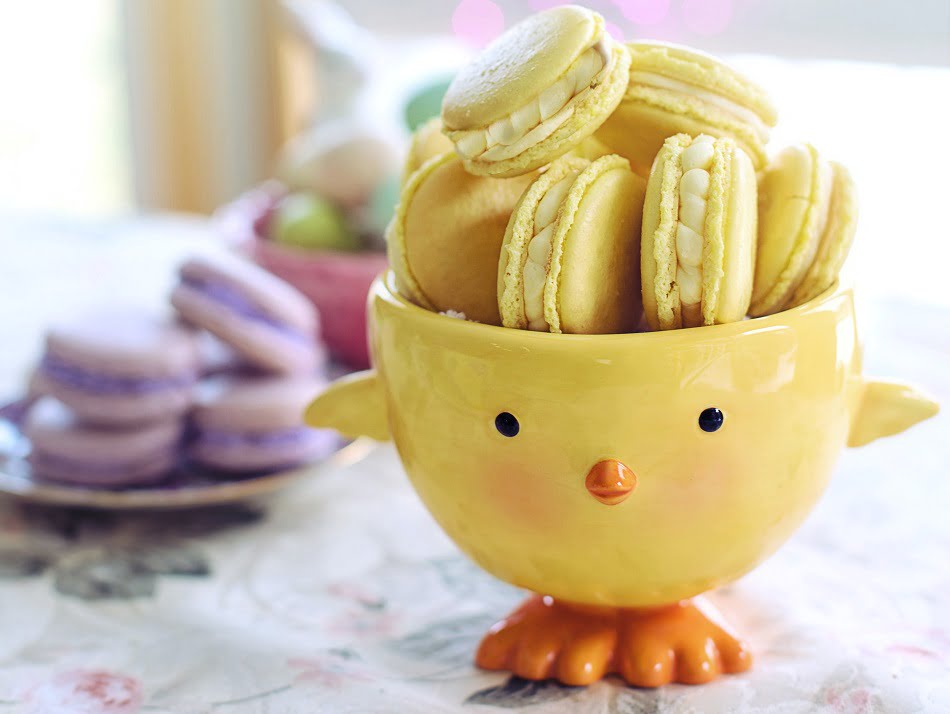The importance of food safety at Easter
Food safety is crucial during any meal, and Easter is no exception. Whether you’re cooking for family or friends, it’s important to consider the risks of cross-contamination, leaving food out at unsafe temperatures, and other potential hazards in the kitchen.
- Cross-contamination: First off, let’s talk about cross-contamination: the transfer of harmful bacteria from one food item to another. It’s essential to use separate cutting boards for raw meat, poultry, and seafood, as these items can contain harmful bacteria that can make you sick. Additionally, make sure to clean your cutting boards thoroughly before using them for other types of food.
- Unsafe Temperatures: Next up, we have the issue of leaving food out at unsafe temperatures. Perishable foods, such as leftovers or deviled eggs, should not sit at room temperature for more than two hours. This can cause bacteria to grow, increasing the risk of food poisoning. Try to keep these types of food chilled or reheated to 75°C or hotter to reduce the risk of contamination.
- Dietary Restrictions: Of course, enjoying your Easter meal is still a top priority. Be sure to remember everyone’s dietary restrictions, whether it be allergies or religious beliefs, and make accommodations where necessary.
By following these simple guidelines, you’re sure to have a fun and safe holiday. So go ahead and enjoy that egg hunt, but remember the importance of food safety in the kitchen.
And now, to end on a lighter note: why did the Easter egg hide?
Because it was a little chicken!
Share this story

Chat to one of our trainers
Our team are here to help with your questions












